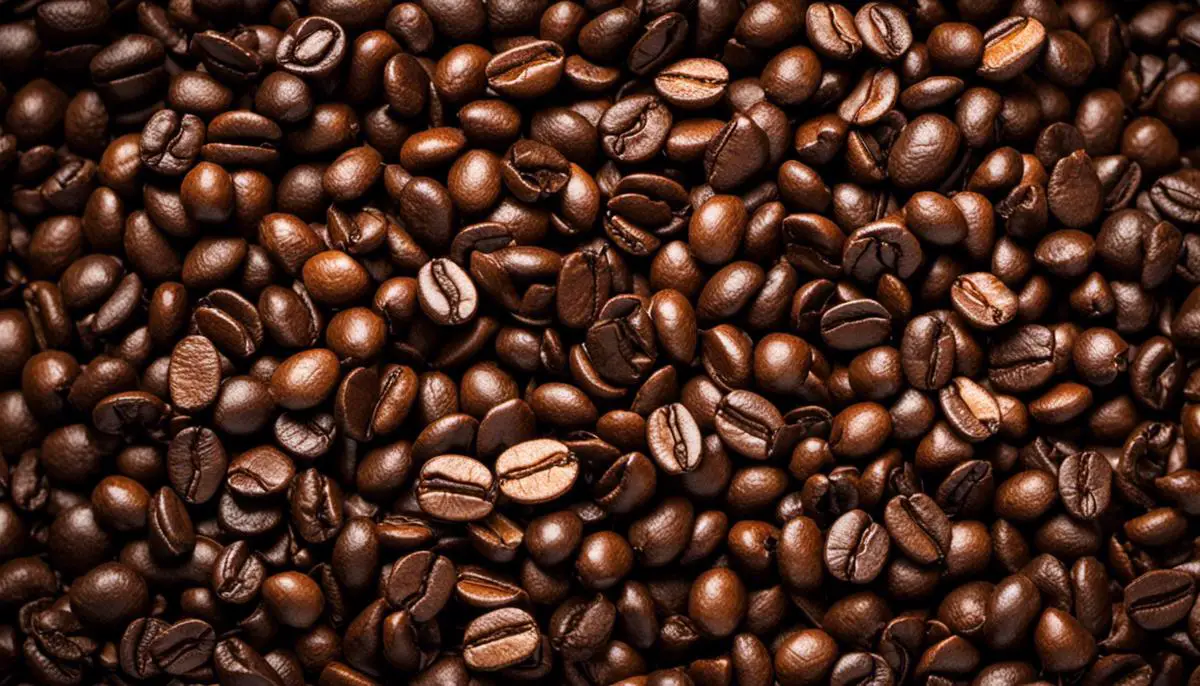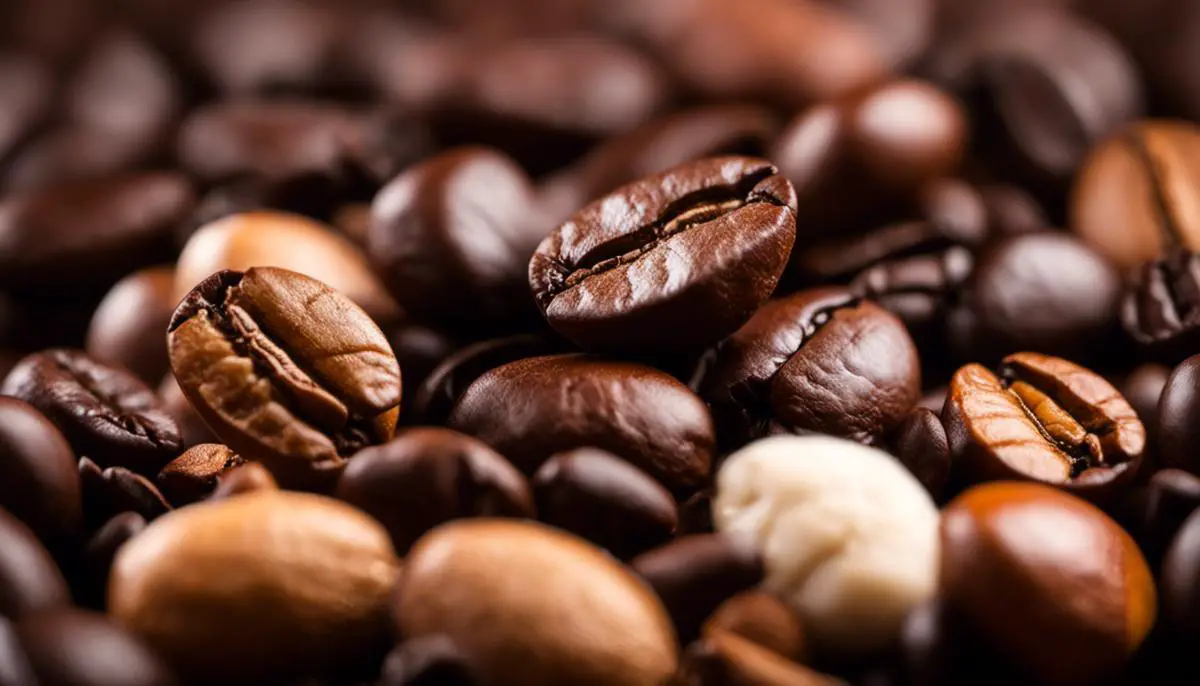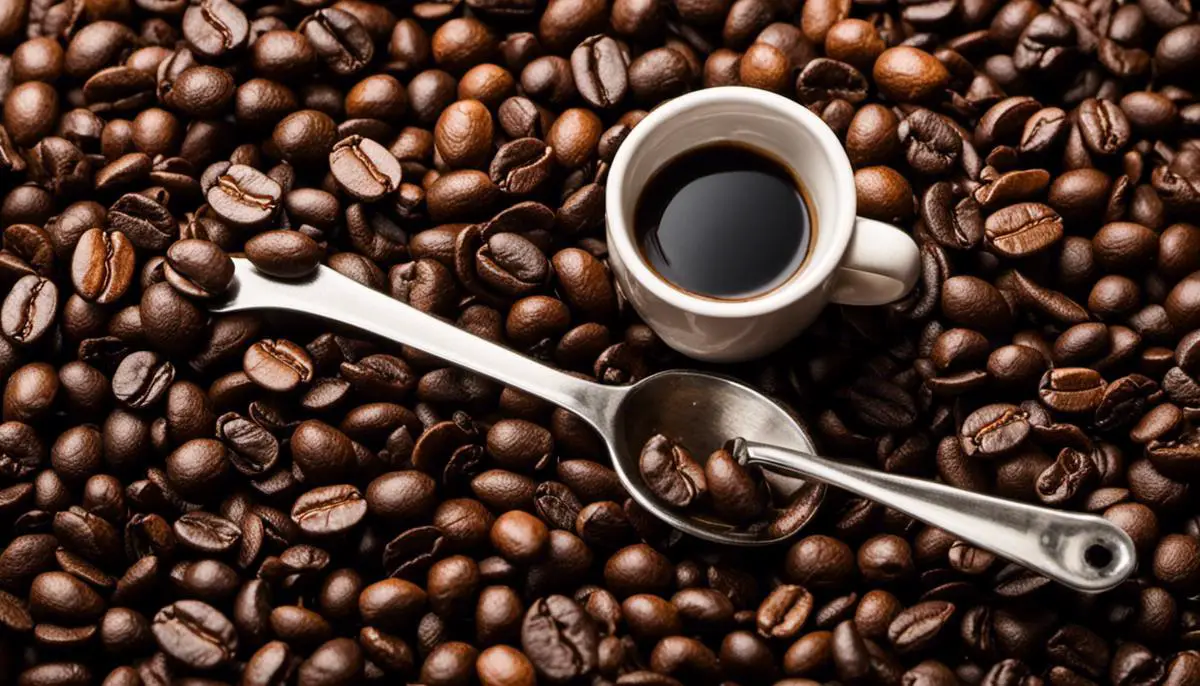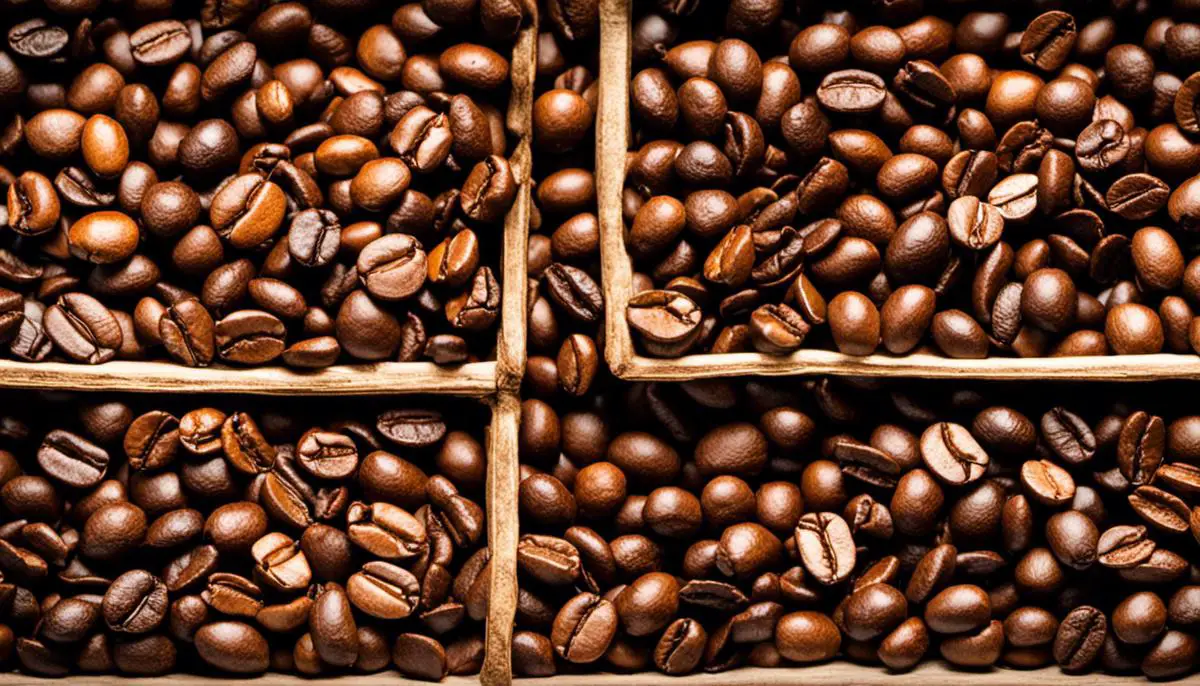Life’s too short for a dull cup of coffee. Many times, a perfect day begins with the perfect cup of coffee, holding a power that’s capable of setting the mood and rhythm for the day. But what constitutes the perfect cup of coffee? The answer varies from person to person. However, a common agreement is that the authentic magic of coffee lies in the type of beans, the brewing technique, and the coffee-to-water ratio. This exploration will lend you an insight into understanding different coffee beans, mastering various brewing methods and perfecting the coffee-to-water ratio– fundamentally guiding you towards brewing your precise version of the perfect cup of coffee.
Understanding Different Coffee Beans
Discovering the World of Coffee Beans: A Journey of Flavor Discovery
Java lovers abound the world over, boasting of the exquisite flavors held within their daily cup of joe. The source of this diverse palate experience? Coffee beans. These little powerhouses of flavor are the soul of every cappuccino, latte, or plain black coffee. As our journey unravels, it becomes clear how each variety contributes distinct aromatic and flavor experiences. In essence, it is the bean that defines the brew.
Three primary types of beans grace our coffee cups: Arabica, Robusta, and Liberica, each with its peculiar character profile. Let’s demystify these coffee beans with a flavorful expedition.
Arabica, aptly named the “Gold Standard of Coffee,” represents about 60% of the global coffee production and is hailed for its delicate, nuanced flavors. Praised for its brightness and acidity, the Arabica bean gives off a sweet-toned and buttery aroma, often accompanied by fruit or berry undertones. Growing at high altitudes in soils rich with volcanic ash, these beans imbue the brew with a complex layering of flavors ranging from sugar, fruit, and berries to a light, winey sharpness. As the darling of coffee connoisseurs worldwide, Arabica sets the bar for coffee quality.
Robusta beans come in next, shining in their strength, and as their name suggests, robustness. Known to contain almost double the caffeine content of Arabica beans, they’ve claimed the title of “perk-me-up specialists”. The high caffeine and low acidity bring a unique touch to the flavor profile, yielding a distinctly bold, heavy, and full-bodied taste. Robusta brewing often results in notes of chocolate with a touch of spice or nuts, accompanied by a tell-tale crema on espresso. This bean variety gifts java enthusiasts a strong companion to jumpstart their mornings with gusto.
Contrasting the popularity of Arabica and Robusta is Liberica. A rarer breed, these beans represent a minuscule portion of the world’s coffee consumption. However, it’s worth mentioning for its distinct and exciting flavor profile, often characterized by an enticing aroma of floral and fruity notes mixed with smoky, woody undertones. When carefully brewed, a cup of Liberica coffee often unfolds a full-bodied, slightly dark and decidedly exotic taste adventure.
The journey into coffee beans proves an aromatic discovery of different cultures and preferences. Each bean variety has cultivated its unique identity with vast differences in flavors, from the delicate, fruity notes of Arabicas, the strong, bold character of Robustas, to the dark, smoky mystery of the Liberica.
In essence, understanding the bean differences simply extends the joy of coffee exploration. Coffee, a universal language, links us as people, sweetly reminding us of shared moments and memories. Thus, exploring various bean types, whether preparing a brew or sampling a new café’s specialty, becomes a delightful expedition into unearthing the soul of flavors contained therein. The next time a coffee order is brewing, remember it’s a whole lot more than just a beverage; it’s an exploration of culture, flavor, and more than anything, a taste of connection.

Mastering the Brewing Technique
From the sweet perfume of Arabica to the powerful punch of Robusta: the world of coffee is as diverse and palate-expanding as the myriad of cuisines that span the globe. While the beans did the bulk of the talking in our previous explorations, the celebrated joy of coffee drinking does not merely end with the origin or type of beans. It’s in the preparation, brewing techniques and the garnishing touches that set apart a mere cup from a coffee connoisseur’s delight.
Firstly, it’s instrumental to understand the process of roasting. Much like the delicate dance of cooking, it’s the manipulation of heat in coffee roasting that coaxes out the complexities and flavors locked within the humble coffee bean. A lighter roast, often labelled as ‘City’ or ‘Cinnamon’, enlivens the bean’s natural profile: a subtle orchestra of fruity, floral and grassy notes. Venturing darker into the ‘French’ or ‘Spanish’ roast domains, the flavors turn to bold symphonies of smoky, bittersweet melodies. No variety is superior, it’s a matter of personal preference.
Next, let’s explore the myriad brewing techniques. Pour-Over or Drip method is ideal to experience the nuanced flavors of a lighter roast. Here, water just off the boil gently diffuses through the coffee ground, extracting its flavors delicately. For darker roasts, the French Press or Espresso methods are exemplary. Both apply pressure to the brew, thus extracting full-bodied, rich flavors that resonate with the bold character of darker roasts.
Then, there’s cold-brew. The cool kid in the coffee world offering a different spin on your coffee experience. Here the coarse grounds steep in cold water for extended hours to extract mild and chocolatey flavors. An excellent choice for those sweltering summer afternoons or when you fancy a delectably different coffee beverage.
Finally, we garnish. A twist of lemon peel on an Espresso deepens its acidity. A sprinkle of cinnamon on a cappuccino enlivens its earthiness, or a dash of nutmeg in cold-brew adds a warmth that brilliantly contrasts the cool tones. These small additives are like dashes of spice in cooking, unlocking additional layers of taste and aroma, without overshadowing the star – the bean itself.
Remember, coffee is not just about a rush of caffeine or a sweet treat. It’s about savoring flavors, appreciating the craft, picking up the notes and undertones, much like wine or fine dining. It’s an adventure waiting to be embarked, a story to be told, one where the aroma of freshly poured coffee is the narrative that leads the plot. Adopt an open and gastronomically adventurous approach, experiment with different beans, roasts, techniques and garnishes until you find your perfect brew. Cheers to new flavorful adventures in the world of coffee!

Perfecting the Coffee-to-Water Ratio
Now that we’ve navigated the world of coffee beans, their distinctive flavors and significance, and the transformative role of various brewing methods, let’s explore an underappreciated aspect of brewing a delightful cup of coffee: the coffee-to-water ratio.
It’s a golden tool for perfecting your cup, and its influence on the taste and strength of your brew can be quite impactful.
First and foremost, it’s crucial to grasp the basics. The coffee-to-water ratio is precisely how it sounds, representing the amount of coffee you brew relative to the amount of water you use. This ratio is the pulse of your coffee’s strength and flavor, acting as the conductor in the orchestra of coffee brewing.
One might assume that more coffee equals more flavor and strength. While true to a point, it’s far more nuanced than this. In fact, the coffee-to-water ratio contributes not only to the strength, but also the balance of your cup. And while personal preference comes into play significantly, there’s a general guide that experts refer to as the “Golden Ratio”: roughly 1 gram of coffee to 15-18 grams of water, or about 1:16 which is often lauded for producing an ideally balanced brew.
At a ratio of about 1:15, your coffee’s strength becomes more assertive. The flavors are increasingly noticeable, and the caffeine content escalates. This ratio is perfect for those of us who love a bold flavor profile in our brew or need that potent caffeine jolt to start the day.
Dial it back to a 1:18 ratio, and voila! You’ll discover a milder, lighter brew. Less coffee means fewer extracted compounds, decreasing boldness and caffeine content. This brew is delicate and smooth, perfect for those who enjoy subtly and the nuanced flavors of the coffee.
However, caution needs to be exercised here as too much water can leave your coffee tasting over-extracted – bitter and unenjoyable – and too little water could result in a taste that is undeveloped, flat, or even overly acidic.
But the beauty of coffee lies in this very essence of personalization. It’s an intricate dance – finding that sweet spot. The coffee-to-water ratio is an invitation to indulge the senses in a personalized coffee drinking experience. Start experimenting, and you’ll soon find a ratio that shines through perfect for you.
Just as every coffee bean has its own unique story to tell, every cup of coffee is a personal journey. Embrace this opportunity to engage in the art of perfecting the coffee-to-water ratio, and savor the luscious brew. Remember, there’s no real ‘wrong’ ratio. Tailoring your cup of coffee is an intimate process, a labor of love, and ultimately, a pathway to an authentic coffee experience. Be curious. Be daring. Your taste buds will thank you!

Grasping the complexities of coffee is like unravelling an absorbing story, woven with characters of taste, aroma, and textures. Just as a well-crafted novel entrances its readers, an expertly brewed coffee captivates its drinkers. By comprehending key aspects such as the distinguishable coffee beans, myriad brewing techniques, and mastering the perfect coffee-to-water ratio, you will become acquainted with the exquisite art of coffee production. The ownership and control over these factors will lead to many a delightful morning, allowing you to begin your days with the enchanting symphony of flavours and aromas that only your perfect cup of coffee can provide.
